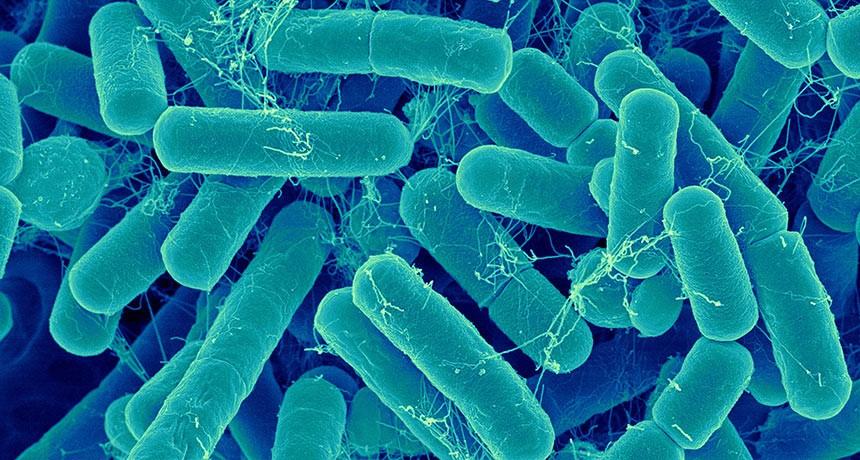
4 minute read
United Space School at NASA
By Tori Weston, U6 TXD
Over the summer I was selected as the English representative for United Space School 2019. This two week internship with NASA in Houston, Texas gathers together 50 students from 25 different countries to plan a manned mission to Mars. After a competitive entry process of a 3000 word essay and an hour long Skype interview, I was awarded a place on the programme.
Advertisement
On day one, and while most of the students were still jet lagged having literally flown in from the four corners of the globe, we had another series of interviews designed to separate the 50 students into 5 teams of 10, with each team having a specific responsibility and specialist area of the mission. I was lucky enough to be assigned to the blue team whose focus was on Mars Surface Operations and was subsequently elected captain. Following team assignments, we had a whole group debate on some key mission parameters such as duration and purpose of the mission along with the number of crew and rough landing zone. This would get everyone on the same page before planning started. Then we had to learn, utilising the programme’s deep roots within the NASA community. It has access to some of the highest ranked people within the agency who came in and gave us talks on everything from Space Laws and Politics to the best materials for radiation shielding, to the ECLSS (Environmental Control and Life Support System) where our speaker John Graf brought in the used CO₂ removal canisters from the Apollo 11 mission. To aid us in our research we were given unrestricted access to the NASA archives which document the entire history of the USA space programme from before it was even called NASA We were also lucky enough to have a Skype session with renowned astronaut Chris Hadfield to answer all of our burning questions about life in the space programme.
The group then spent a day at Mission Control Houston, the same site the moon landing was coordinated from. We were given behind the scenes access to the space shuttle avionics facility and the
life size earthbound model of the ISS, as well as a tour of the neutral buoyancy lab where astronauts were training for a spacewalk at the time. We then had the chance to see the preserved piece of history at Mission Control - the Saturn V rocket built for Apollo 18. The 120m tall rocket was built and scheduled to fly in summer 1973, but funding was cut after Apollo 17. The only part never assembled was the crew capsule so on display is the charred one from Apollo 17 after re-entry. The rocket has since been pulled apart, fuel tanks emptied, and explosives removed. The shell of the rocket still remains and it could fly today if it was fuelled. This was the first time I had truly grasped just how immense of a scale the space industry works on, and how much it can inspire. On day ten we presented a rough pitch to a small panel of experts who would listen, and then highlight all the problems and holes in our reasoning. This was a harrowing experience for all the teams as the criticism was often harsh and to the point leaving our nerves a little frayed and our stress a little too high. The rest of the day was spent frantically trying to fix everything before final presentations. On the penultimate day we had to present our final project. A 20 minute presentation followed by an intense ten minutes of questions defending our pitch in front of the audience of NASA experts. Blue was up first with me as the opening speaker. It was my job to outline the team, explain the choice of landing site, possible EVA’s on the surface and scientific experiments to be carried out. I also had to address the elephant in the room, why should we go to Mars in the first place. It was one of the most challenging experiences of my life! On my final day at Space School we had our graduation ceremony with our keynote speaker, astronaut Bill McArthur telling us how inspiring it is to see the younger generation as excited about space as he was during the moon missions. He highlighted what an exciting time for space travel we are living in today, as the
private space tourism industry emerges, humans will return to the moon in 2024 under the Artemis programme, and a manned mission to Mars is finally looking realistic, but we still don’t know if it will be public or private. United Space School was a life changing experience for me, I have grown as a person, as a leader and my enthusiasm for the space programme has increased more than I thought possible. And I would fully encourage anyone with a passion for space to apply for space school next summer.





